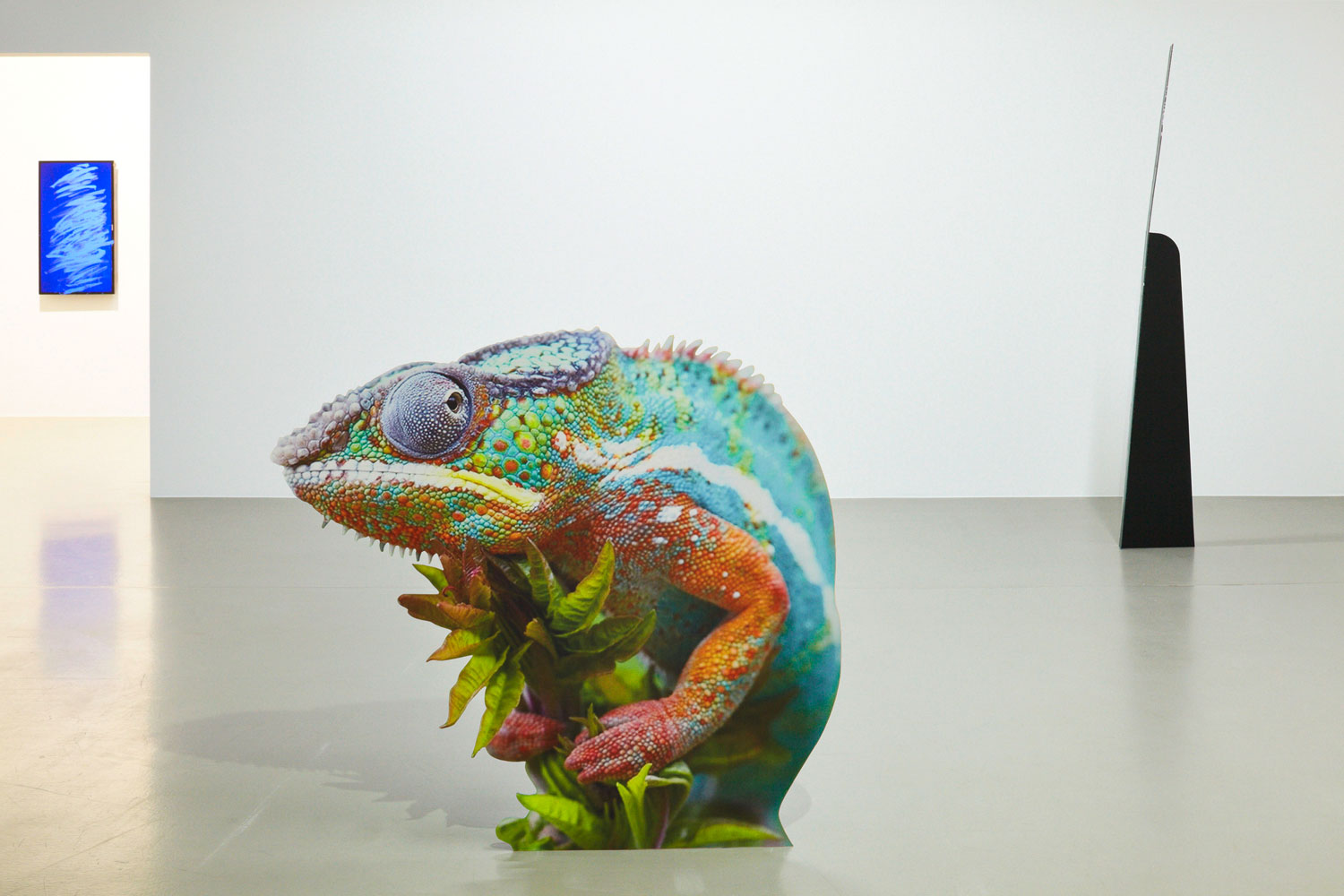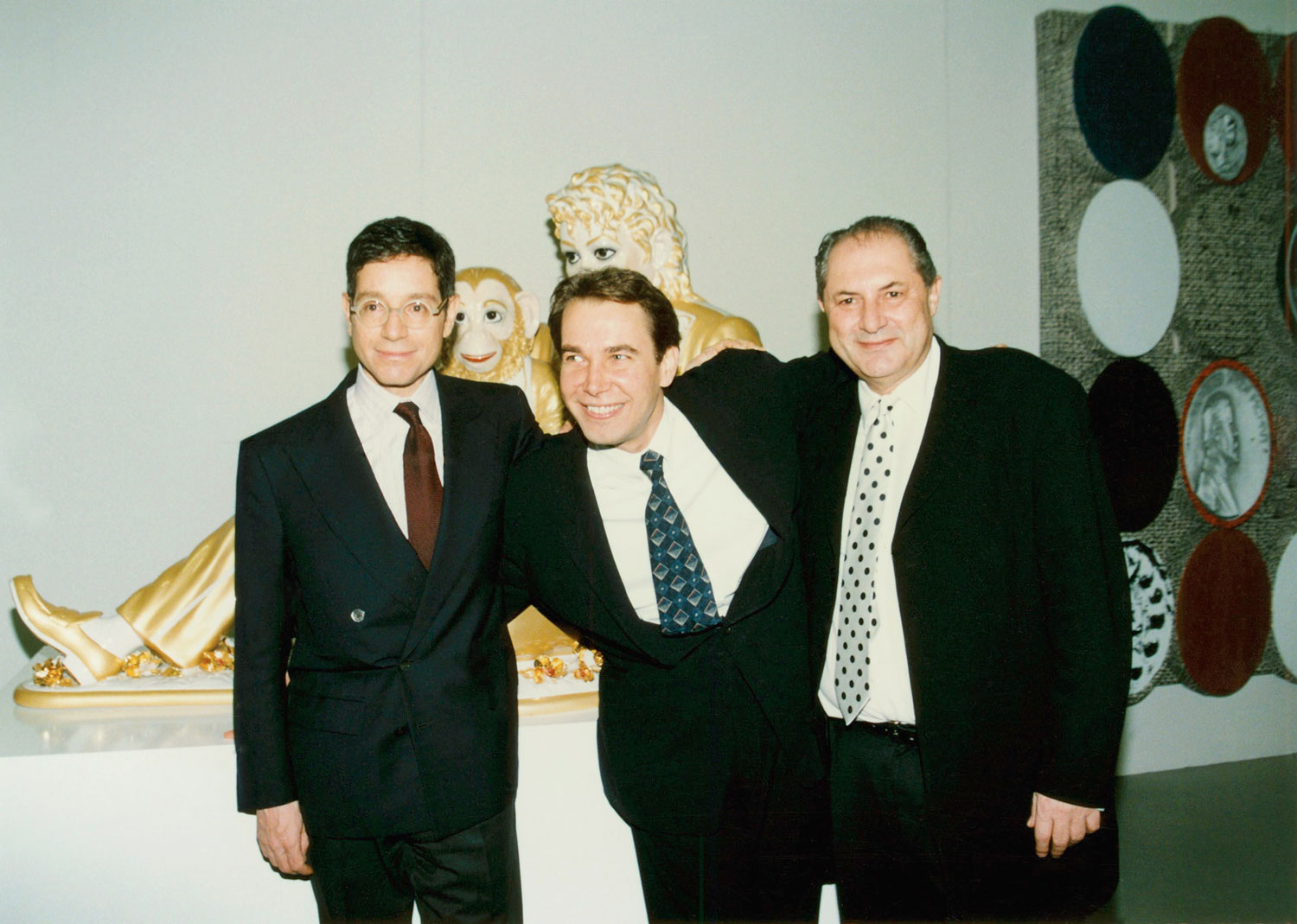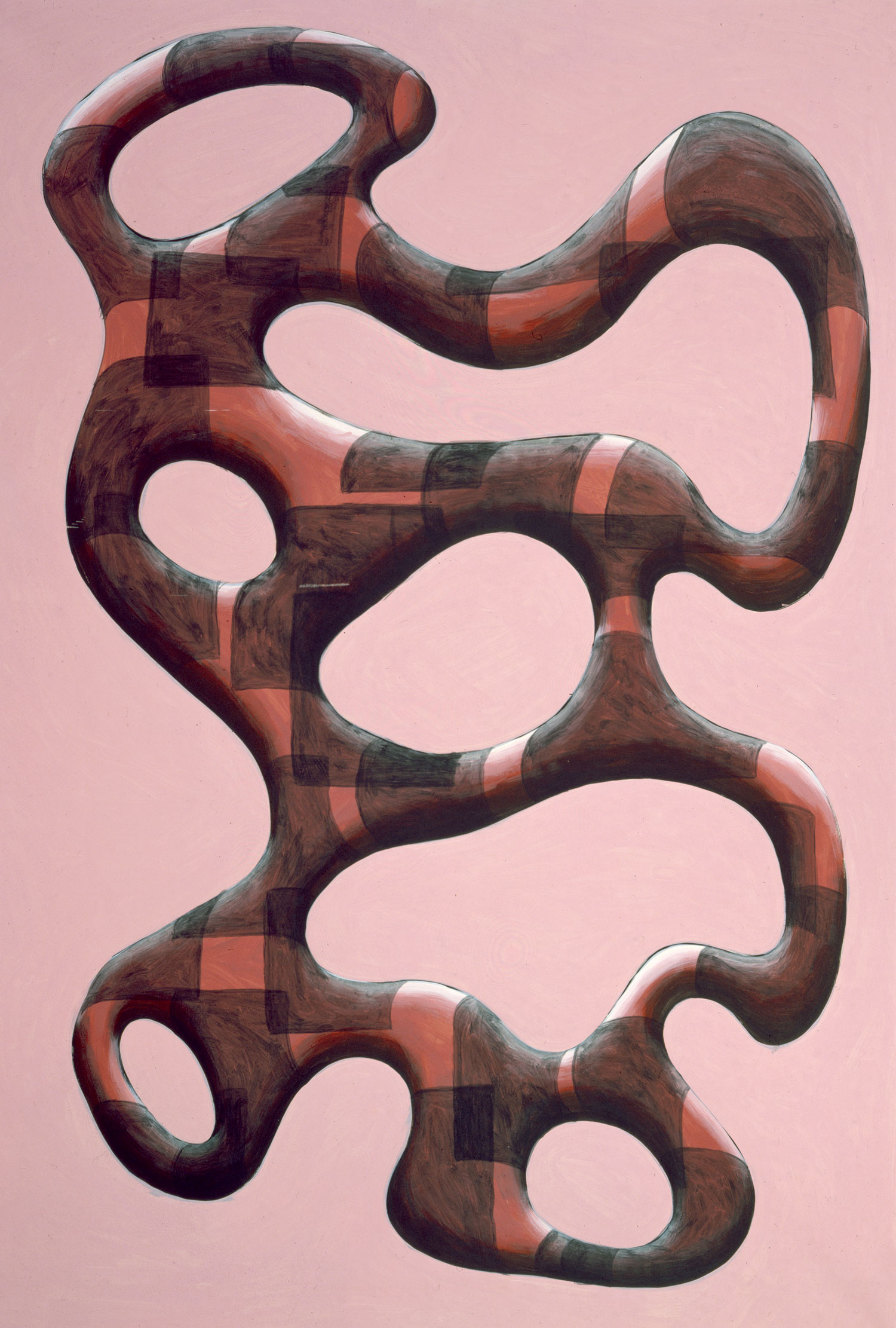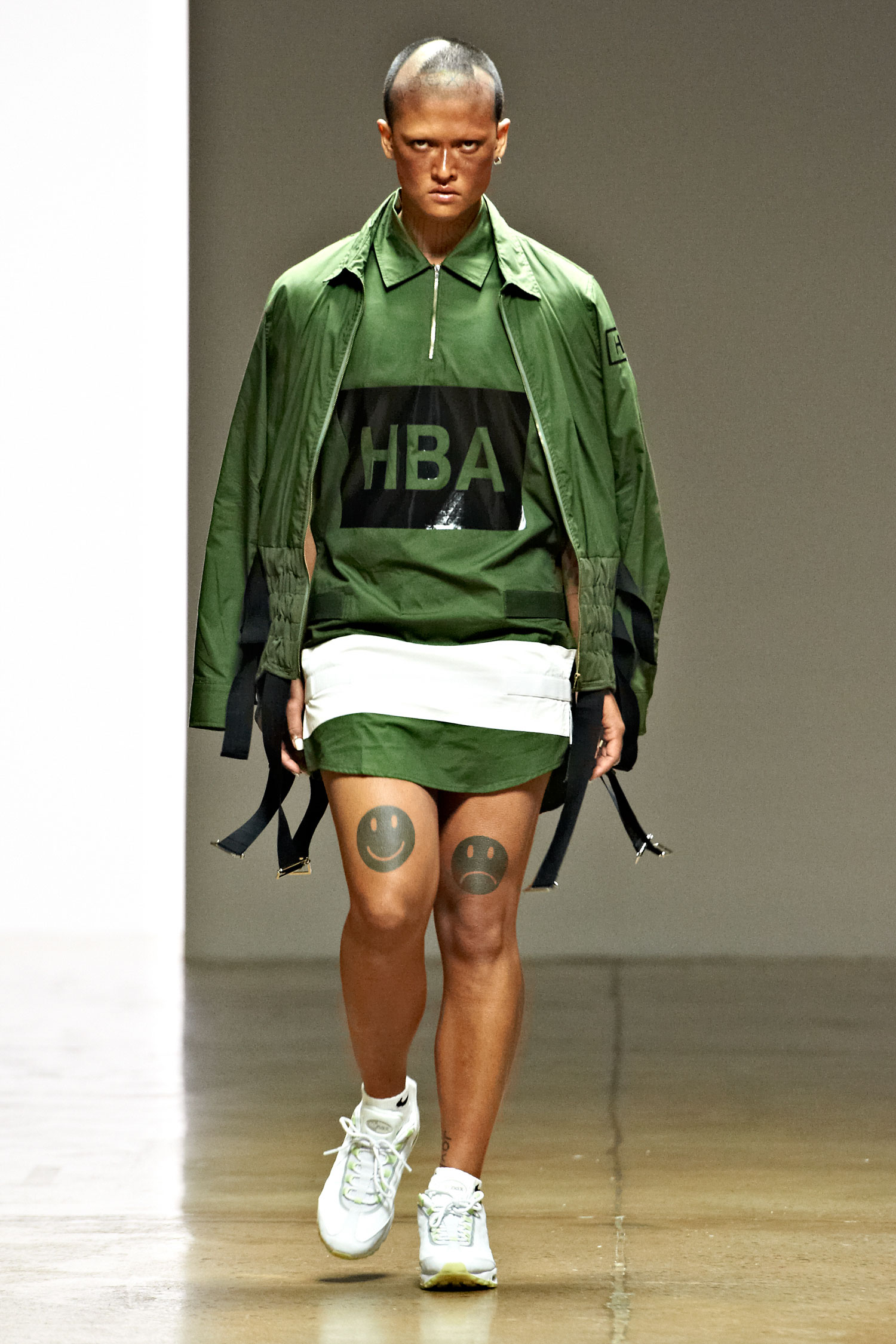
Twenty-five years ago the exhibition “Magiciens de la Terre” heralded the emergence of an art-world discourse around globalization. There had been a number of exhibitions of non-Western art before, in particular the exhibition “Primitivism in 20th-Century Art: Affinity of the Tribal and the Modern,”which took place in 1984 at New York’s MoMA. “Magiciens de la Terre” was in part a response to the perceived curatorial inadequacies of that exhibition, and it broke new ground by aiming to place non-Western art at the same curatorial level as Western art. There were many startling juxtapositions: for example, a ceremonial ground painting called Yarla, made by a collective of Australian Aboriginal artists, was placed next to a mud circle by Richard Long. Such curatorial experimentation resulted in a significant debate about how we might exhibit the emerging category of global art. As we approach the twenty-fifth anniversary of the show this March, many of these debates are still very much alive. However, one thing that has not been commented upon is the intertwining of cultural globalization and economic globalization that the show also heralded.
The exhibition brought contemporary work together from around the world. As a result, the show’s budget had to accommodate more research, travel and shipping than most other museum shows. As the curator Jean-Hubert Martin pragmatically noted: “Given the fact that it required a substantial budget, “Magiciens” could only be realized thanks to the very important sponsorship of TV channel Canal+.” Pragmatic needs aside, what is interesting is the appearance of corporate sponsorship right at the emergence of this discourse around global art. As theorists started to think about globalization in the 1990s there was a tendency to distinguish between cultural globalization and economic globalization. The former tended to be celebrated by the progressive left, whether it was world music or globalized exhibitions; the latter was denigrated. So events such as the opening of the first McDonald’s in Moscow on January 31, 1990, was seen negatively by the progressive left as a sign of a move towards a global, homogenized world colonized by multinational brands. A quarter of a century later, it is clear that the first Russian McDonald’s did not signal the beginning of Moscow’s transformation into New York. In fact, it turned out to be far too simplistic to simply regard economic globalization as a negative cause and cultural globalization as a positive side effect.
Global corporate interests are closely linked to the art world’s discovery of new centers of art production around the world. For example, the recent Prudential Eye Awards were launched in Singapore in January of this year in order to celebrate and support emerging artistic talent across greater Asia. Prudential’s involvement is a more straightforward fit than Canal+’s slightly more speculative fit with “Magiciens de la Terre”; the insurance company operates in thirteen markets across Asia, and so the idea of a cultural event that conceptualizes a notion of greater Asia filled with creative enterprise is entirely consistent with its own aims. Similarly, Art Basel Hong Kong is sponsored by UBS. Even the recent inaugural Dhaka Art Summit in Bangladesh came with its own high-profile corporate sponsor, American Express.
Reaction to corporate involvement in the art world has largely moved on from the heartfelt if perhaps naïve reaction of artists such as Hans Haacke. His work from the 1970s and 1980s was concerned with foregrounding what the artist saw as the then hidden relationship between museums such as the Metropolitan Museum of Art and corporate institutions such as the Bank of America. There are still sporadic artist-lead interventions, such as protests against Tate’s relationship with BP, but these look increasingly archaic. Furthermore, the counter-argument with regard to global art is that the role of economic globalization and cultural globalization is so closely linked that to protest against economic globalization while celebrating cultural globalization is naïve. This month Prudential Malaysian Eye launches in Kuala Lumpur, with an exhibition of works by more than twenty artists and a survey book featuring seventy-five artists in a region with a very young art scene. Unlike the New York that Haacke critiqued in the 1970s, the infrastructure for supporting contemporary art in Malaysia in terms of museums, curators and critics is minimal — and the role of corporations in projects like the Prudential Malaysian Eye enables that very infrastructure (so for example, the survey book will be instrumental as an early survey of this nascent scene). Things are more complex and more global than when artists like Haacke could take an unambiguous stance in the 1970s. Today it is the very intertwining of global commercial and cultural circuits that produces the commercial and non-commercial frameworks that are necessary for new centers of art production to emerge.





